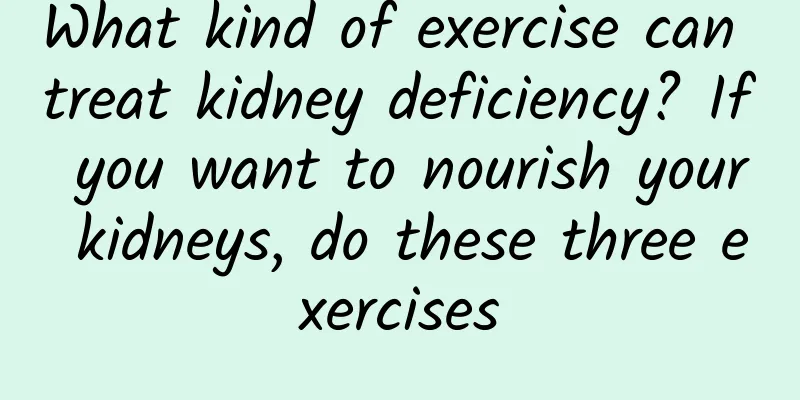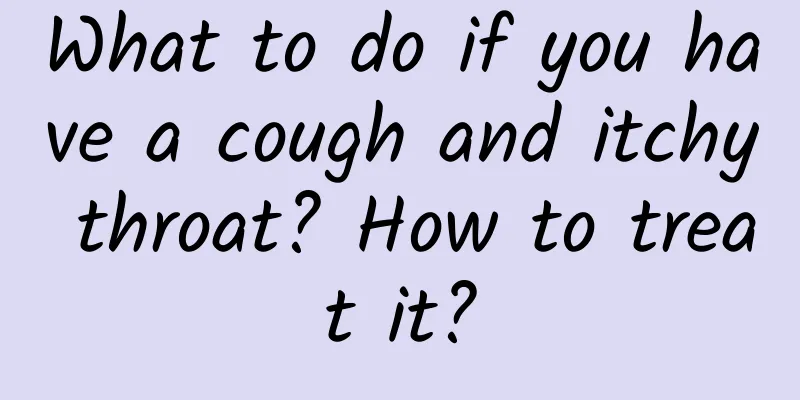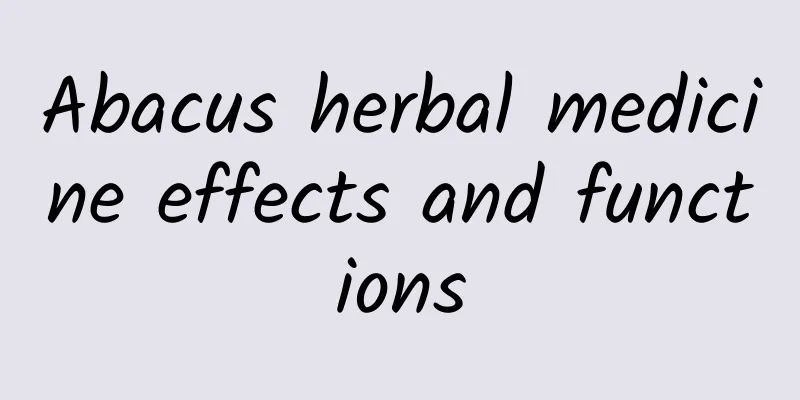What are the sequelae of hyperthermic convulsions?

|
As time goes by, people's living standards are constantly improving, but high temperature convulsions are still a hurdle in people's hearts. High temperature convulsions usually occur in children. Generally speaking, they occur more frequently in children under four years old. This is also a special worry for parents. What we are going to talk about today is this high temperature convulsion. Because it occurs in children, it makes parents particularly worried because their bodies are very fragile. What symptoms will it bring to children and will it leave some sequelae? This is probably what everyone wants to know. 1. It may turn into epilepsy Febrile convulsion is a common disease in pediatrics. According to statistics, 3% to 4% of children have experienced at least one febrile convulsion. The incidence of convulsion in children is due to the imperfect development of the adult brain, and the poor ability to analyze and identify stimuli. Weak stimulation can cause abnormal release of motor and social neurons in the brain, causing convulsions. The clinical manifestations can be divided into simple and complex types. Characteristics of complex type: Age>6 years; Body temperature <38.5℃ during convulsion; Seizure pattern is localized convulsion, which can last for more than 15 minutes; Repeated seizures within 24 hours; Body temperature is normal; EEG is still abnormal after 2 weeks; Prognosis is poor; About 1% to 2% may turn into epilepsy 2. How to deal with it When a child has a high fever convulsion, parents should do the following: 1. Stay calm, keep quiet and avoid giving your child any unnecessary stimulation. 2. Keep the airway open by laying the child flat with his head tilted to one side and promptly clean the secretions and vomit in the mouth to prevent inhalation into the trachea causing suffocation or aspiration pneumonia 3. When convulsions are severe and cyanosis occurs, oxygen should be administered immediately to reduce hypoxic brain damage. 4. When anticonvulsant drugs are not available, you can press Ren Zhong and Hegu. Be careful not to use too much force to avoid damaging the skin and causing unnecessary pain to the child. 5. Complex seizures should be sent to hospital for diagnosis and treatment 3. Prone to relapse After the first febrile seizure, approximately 40% of children will have recurrences. Risk factors for recurrence include: 1) Younger age at onset; (2) Relatives with a history of febrile seizures or epilepsy; (3) The first seizure showed symptoms of a complex febrile seizure. Repeated convulsions in children are very harmful to the brain, so repeated seizures should be avoided to prevent brain damage and intellectual disability. |
<<: Does Invisalign have any side effects?
>>: Are there any side effects to donating plasma?
Recommend
The dangers of vaccination for mild colds
When children get vaccinated, they must be aware ...
Will eating sauerkraut during breastfeeding cause milk to dry up?
It is popular among many people in Northeast Chin...
Remove dampness and lose weight? A bowl of barley and red bean porridge can do the trick!
When moisture accumulates under the skin, it caus...
Is moxibustion useful for lumbar disc herniation?
Lumbar disc herniation is a relatively common dis...
Overview of Jingangteng Pills
Jingangteng Pills is the name of a Chinese medici...
What are the reasons for high eosinophil ratio?
If during the medical examination, it is found th...
Gamma Knife Surgery
Nowadays, tumors have become a very common diseas...
The causes of ovarian cysts are often related to these four factors
In general, when female friends find that they ha...
Can I smoke if I have pancreatitis?
Pancreatitis is a relatively serious disease, esp...
Benefits of standing legs
In daily life, in fact, as long as you stick to s...
Symptoms of stillbirth at two months of pregnancy
Basically every woman will get pregnant if she ha...
Treatment for gout in the feet
Many joints in the body may suffer from gout prob...
What medicine is better for bitter mouth?
In life, many people are prone to bitter mouth. T...
The efficacy and function of Chuanbei powder
Traditional Chinese medicine has a history of tho...
What should I do if I have a toothache and half my face is swollen?
Many people have experienced toothache. There is ...









